The 12-KEY Active Daily Life Movements for Women over 50
WHAT...
Are The 12-Key Active Daily Life Movements?
Active Daily Life movements are exactly that, movements we will do daily and others weekly or regularly, like carrying, squatting, pulling etc to name a few.
Generally, we take doing these movements for granted, until limitations arise that start impacting our daily life, independence, health and future outlook.
Below are snapshots of these movements from workouts inside the program.
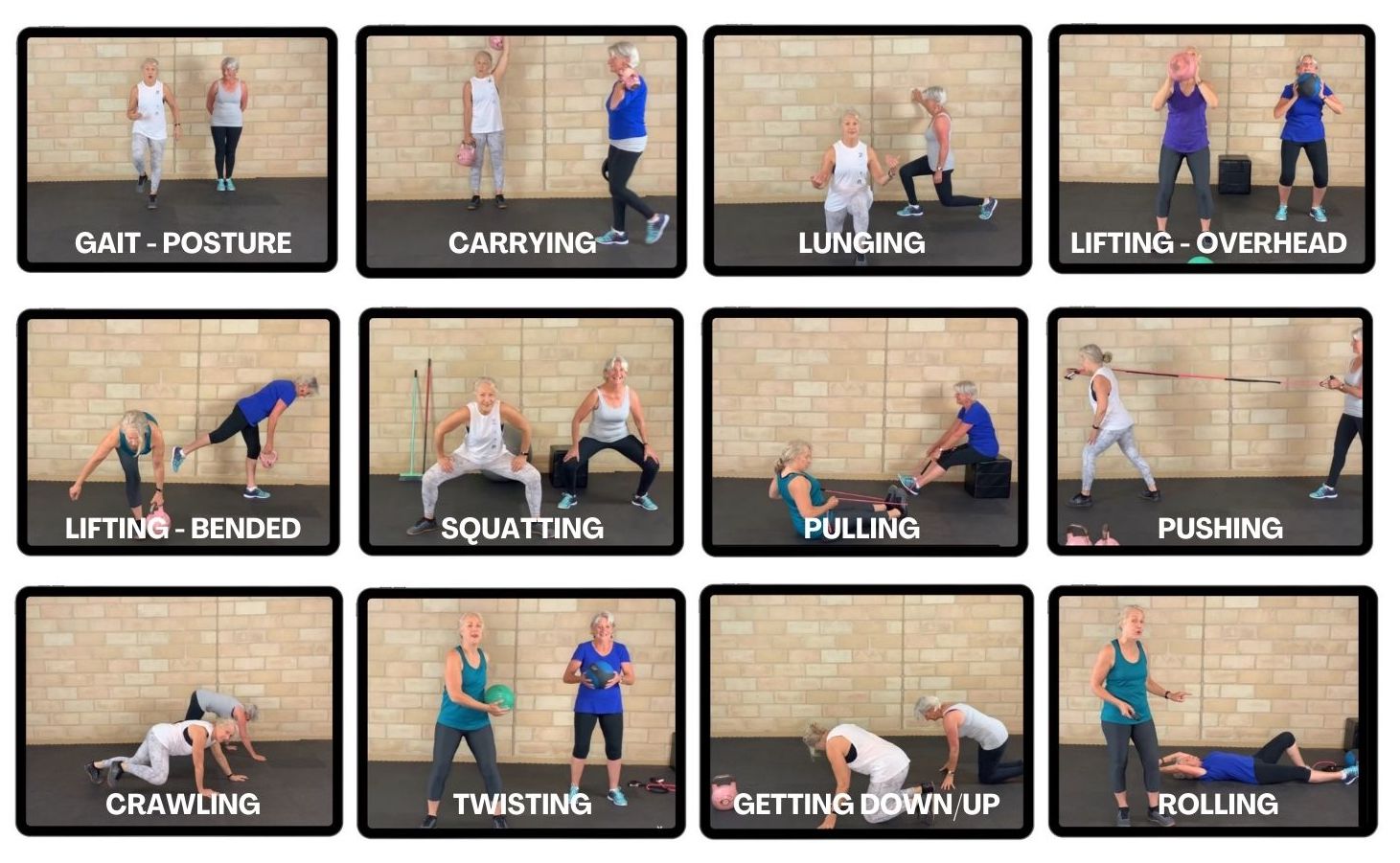
A key element to life-long strength transformation success is knowing how your body functionally works and the everyday life movement corrections needed, then reprogramming your body to move with strength and stability that gives not only confidence, but maintains independence.
Frustratingly, we’ve seen many women jumping into a fitness program only to see motivation and commitment curtailed because they either weren’t shown or didn’t feel the need to establish good functional 'Active Daily Life' movements, resulting in unexpected injuries when doing these movements in everyday life, thereby derailing progress and halting motivation.
Our STRONG A.D.L. Movements program changes that.
SEE...
how We'll Strengthen your A.D.L. Movements
ALL THIS...
Inside the Strong A.D.L. Movements Program
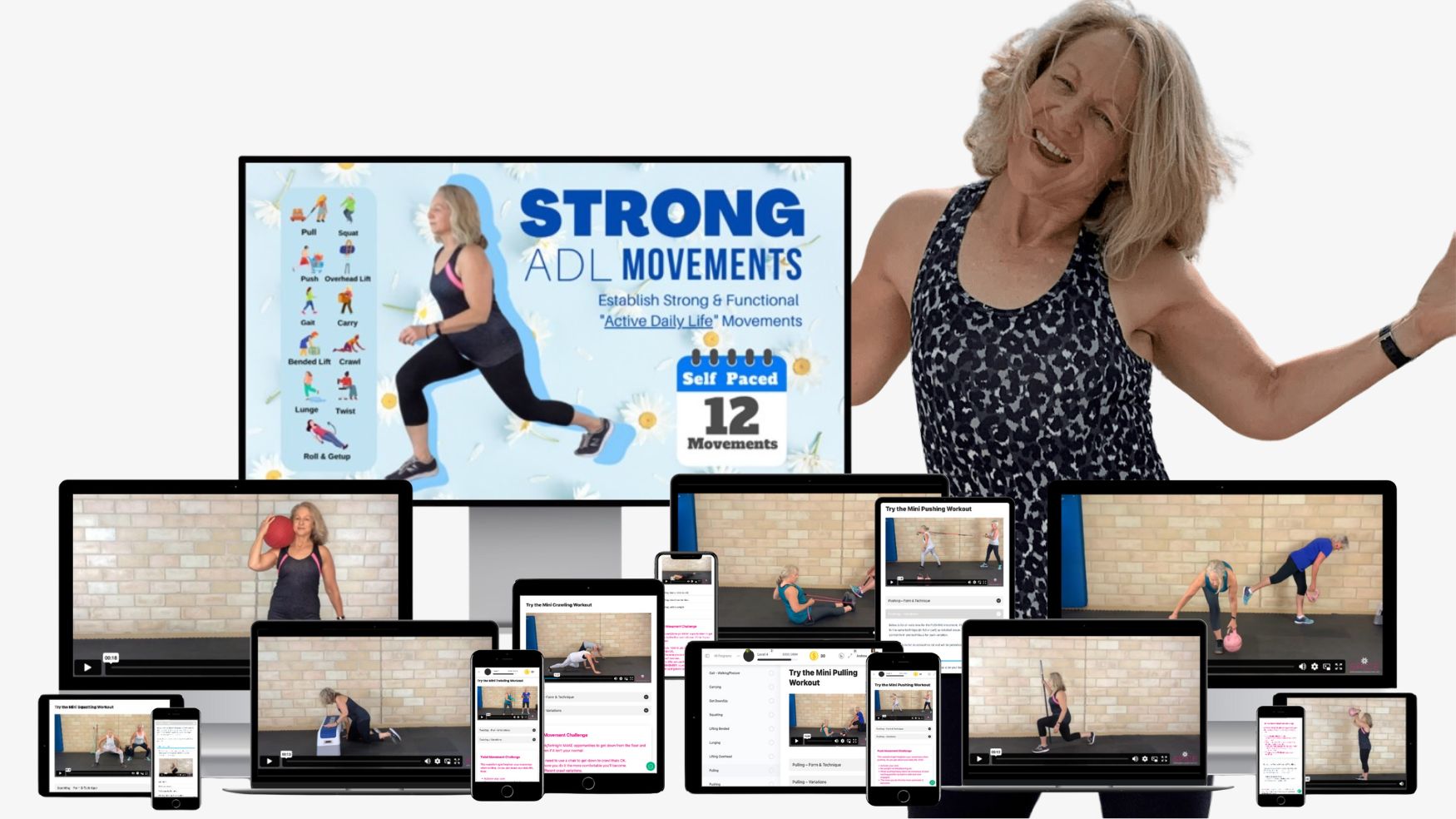
How Much can we Pack into the 12-Key Movements
LOTS.
NOT SURE...
Take A 60sec Peak Inside
WHY...
They Recommend Strength Coaching with Sheree
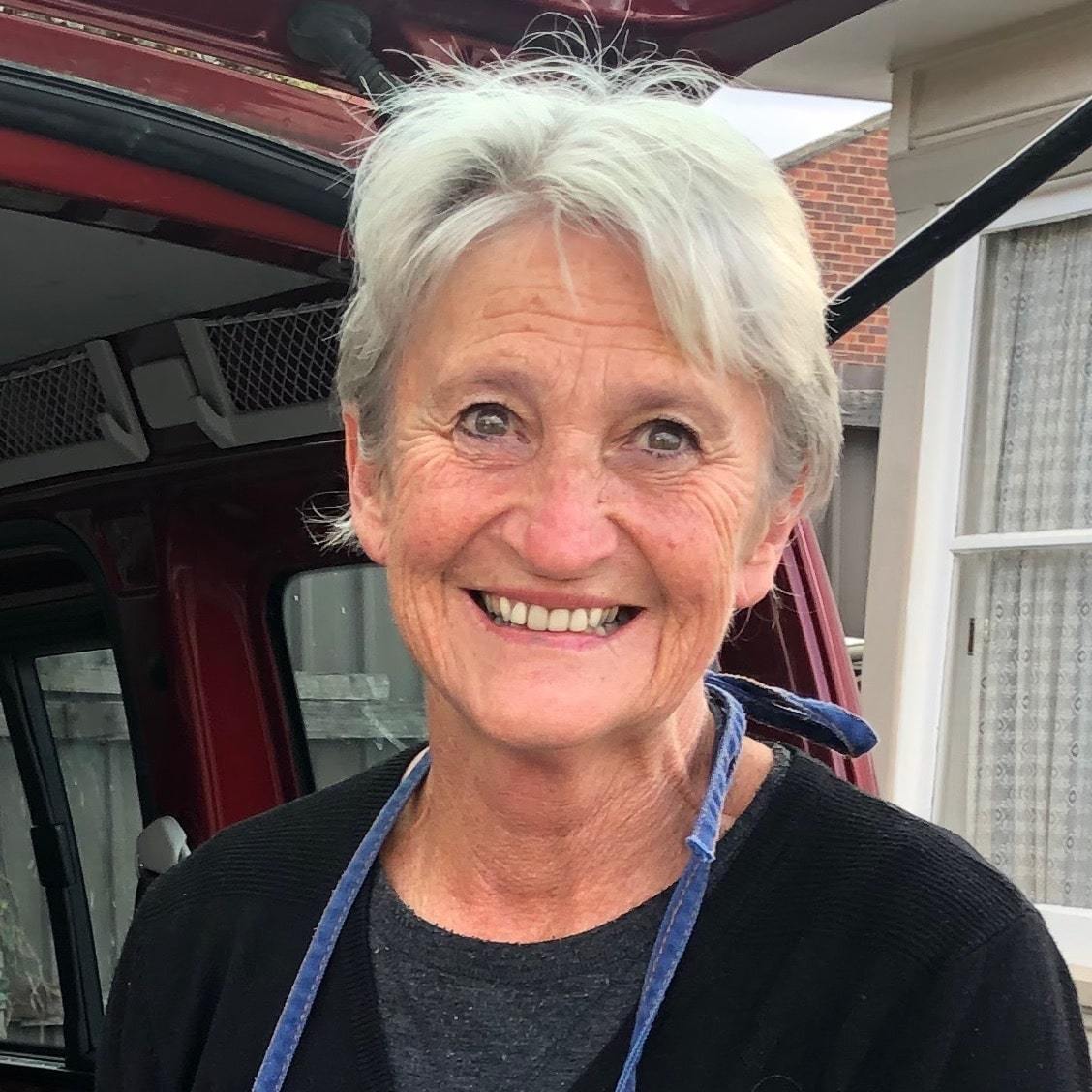
JANINE
"I just wanted to be strong enough to do all the things in life that I want to do. Like lifting my grandchildren and being able to do work here in the ceramics area delivering clay. And I have actually been able to deliver 600 kg of clay, moving it 20 kg at a time."
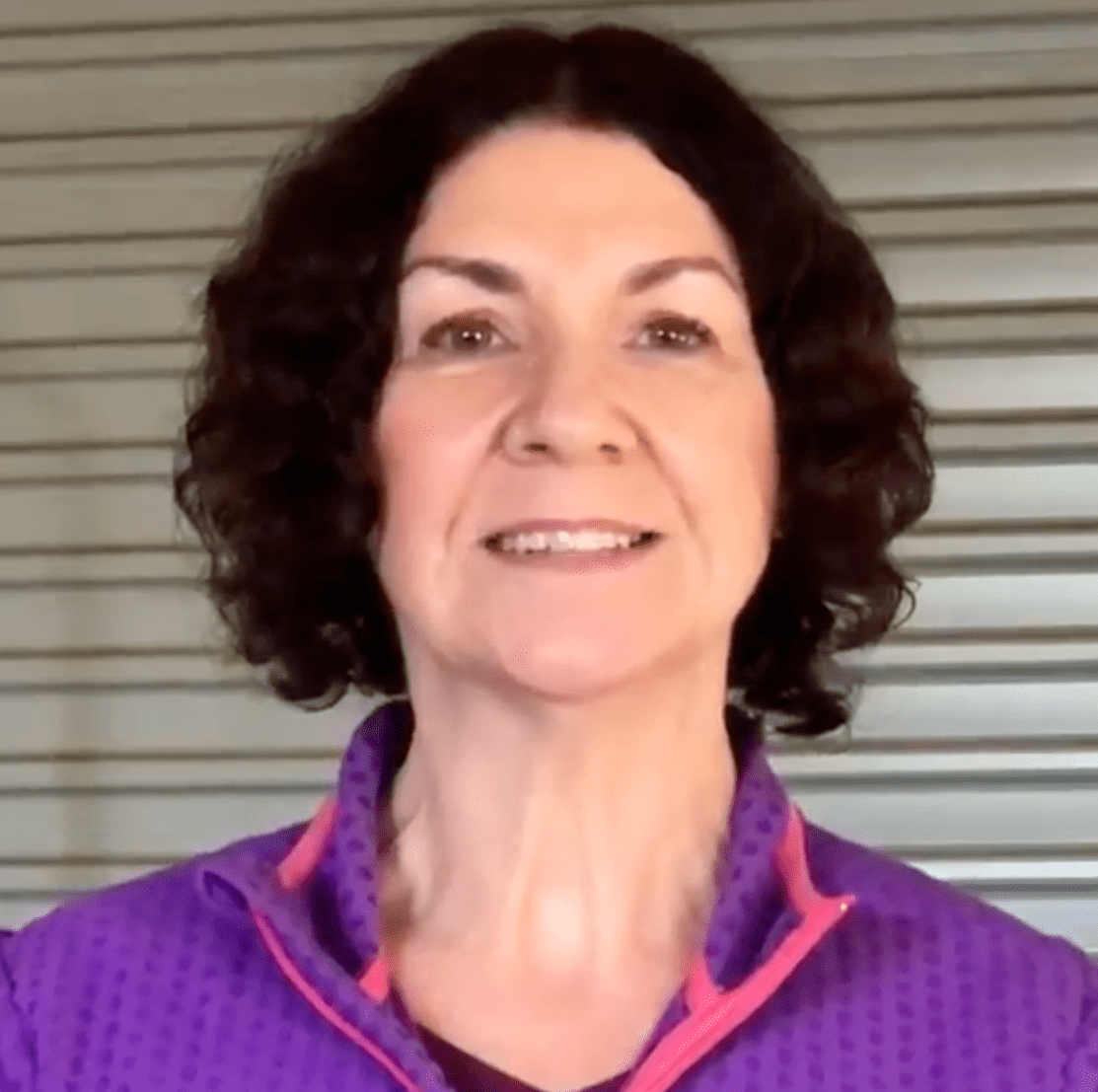
GEN
Lost weight and fitted into her mother of the bride dress without any dieting

RACHEL
"I’ve been coming to Spice Fitness for about six months on and off... Sheree’s been really, really supportive and helpful, just makes it really good fun and every time is different and she’s just full of energy and vitality and just - the time just passes so quickly. It’s just really good fun so I’ve really enjoyed it."

ERIN
Improved strength and walks stairs & hills without getting tired

SIMONE
"I started as an act of absolute desperation with no real sense of hope or expectation of pleasure, and all these years later I can’t get enough of it.
I’ve gone from being too unfit to walk to the top of the street without puffing, to being physically strong and fit enough to climb mountains, go kayaking, and lug furniture around."

MICHELLE
Strengthened painful knees for world challenge trek

100% NO-RISK
Guarantee
for 30-Days
I know that everything we've packed into our STRONG ADL Movements Program will be incredibly impactful on your life, because not only do I live what I coach everyday (and yes, I have my off days), but I see it, and I read about it from the women in our @spicefitness community over and over again.
So as long as you follow exactly what’s inside, or even if you give yourself a little wiggle room here and there, you’re going to see impactful results. Plus, you’ll feel great about all that you’re accomplishing.
But hey, I know you've been on a journey just getting to this point and I trust that you know what’s best for yourself and your body. But at the end of the day, if you don’t think this is the best at home program for developing strong active daily life movements you’ve ever tried, I mean EVER, don’t sweat it. You can return it within 30 days and get your money back, no questions asked. Simply email my support centre and let us know and you’ll get a full refund on your small investment today.
SHEREE KING
Co-Founder and Principal Coach
Spice Health & Fitness
How Your Body Works Today & What You'd Like it to Be Tomorrow, is Dependent On What You're Doing NOW
STRONG A.D.L. Movements Program

STRONG A.D.L.
Movements
12
MOVEMENTS
Value for Life
Today You Pay $19.75 AUD
You'll Get...
About Sheree King
Co-Founder & Coach @spicefitness
Sheree, now in her early sixties, is a Registered Nurse (Cardiology), C.H.E.K. (Corrective Holistic Exercise & Kinesiology) Movement Coach, Specialist (Over 50s) Strength Practitioner & PN (Precision Nutrition) certified nutrition specialist, is passionate about empowering women all over the world to become their best selves. She brings decades of experience and expertise in training women over 50, and together with big dreams and a big vision has spent the last decade creating and implementing THE STRONG ZONE™ program to transform everyday lives to empowered success.
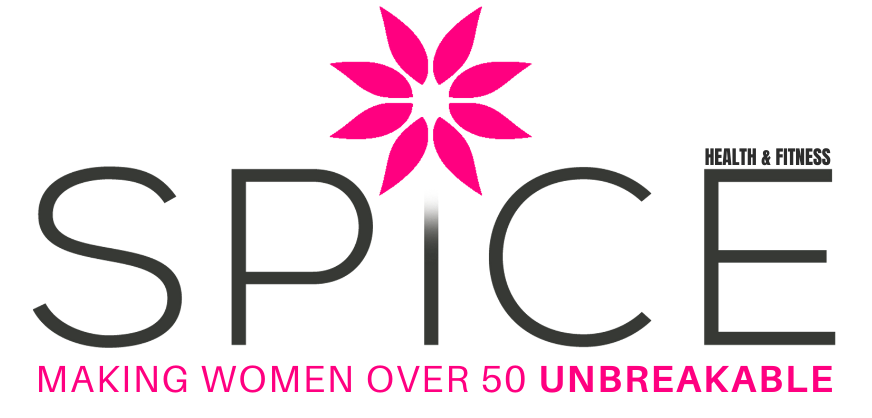
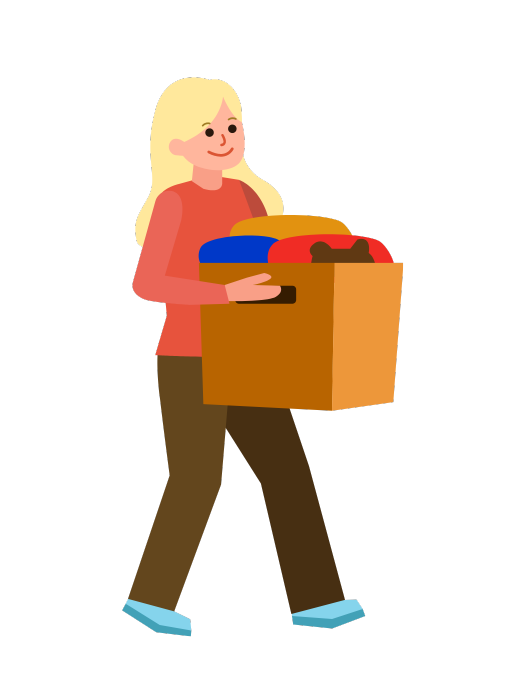
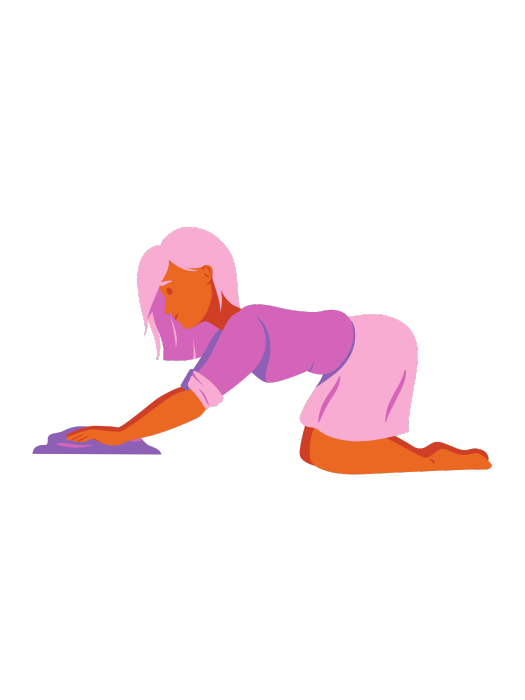
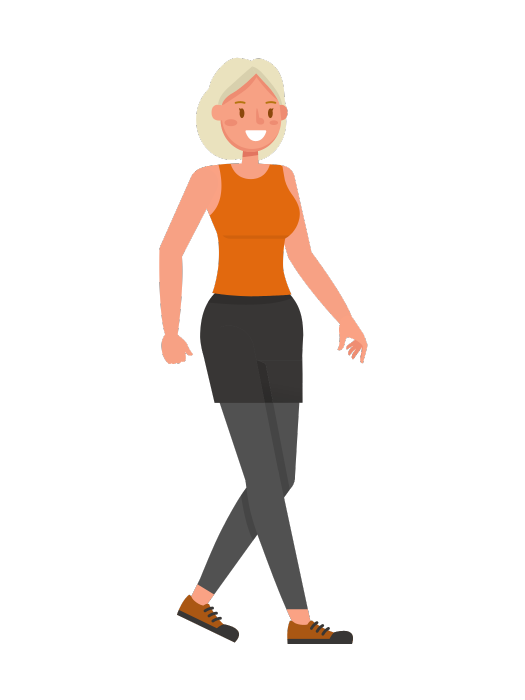
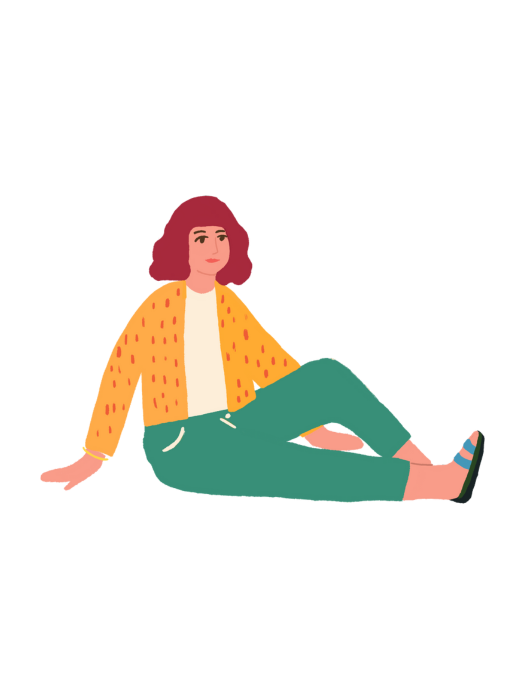
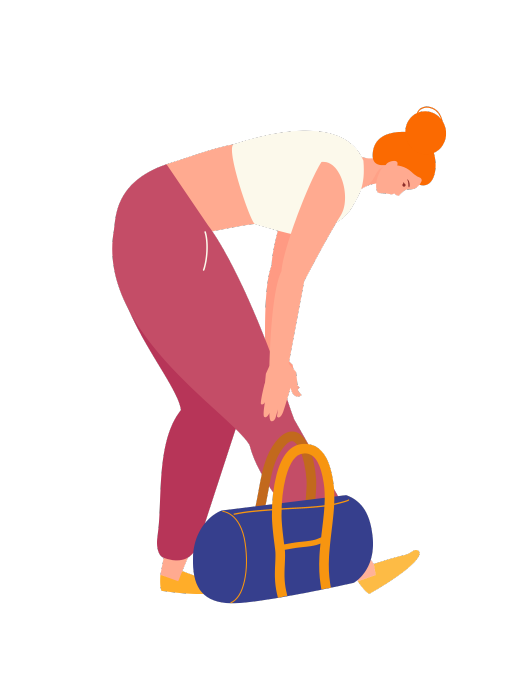
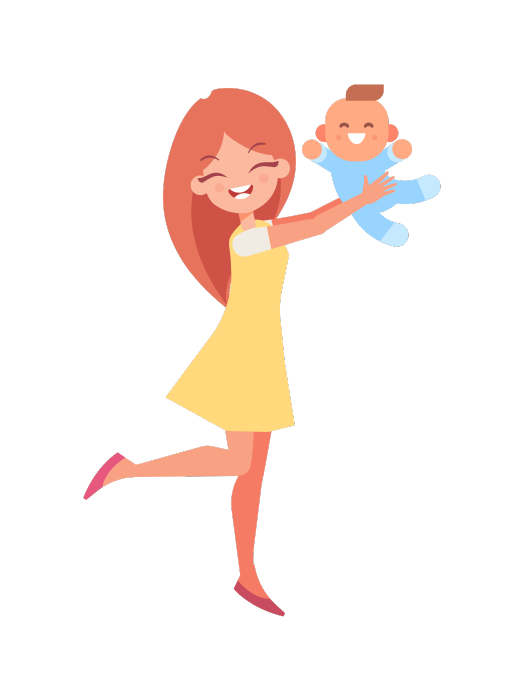
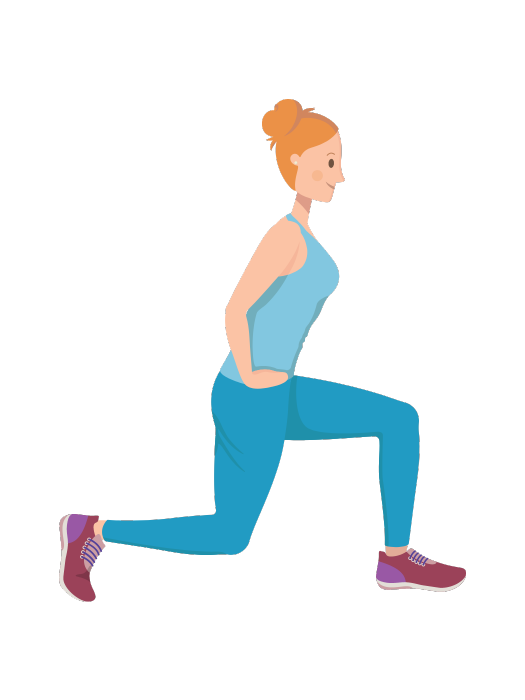
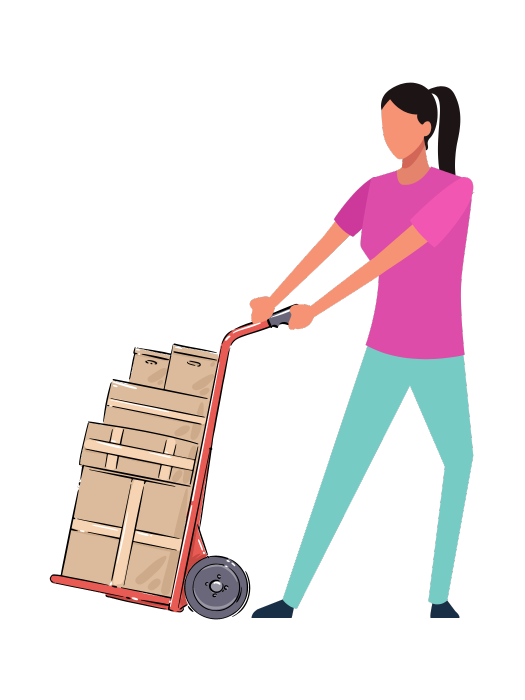
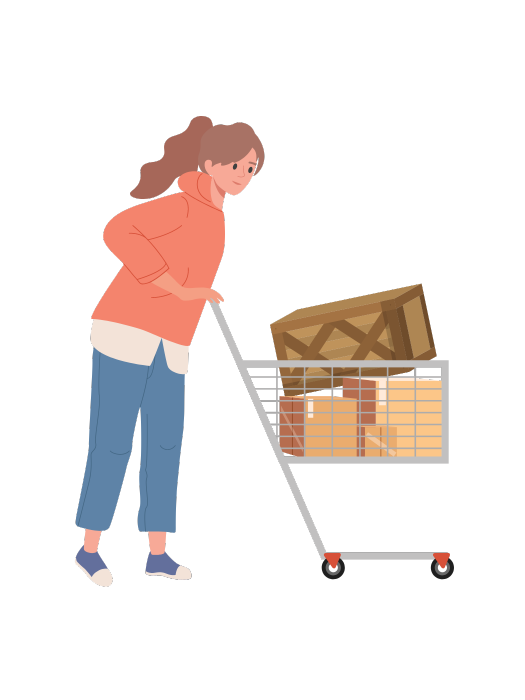
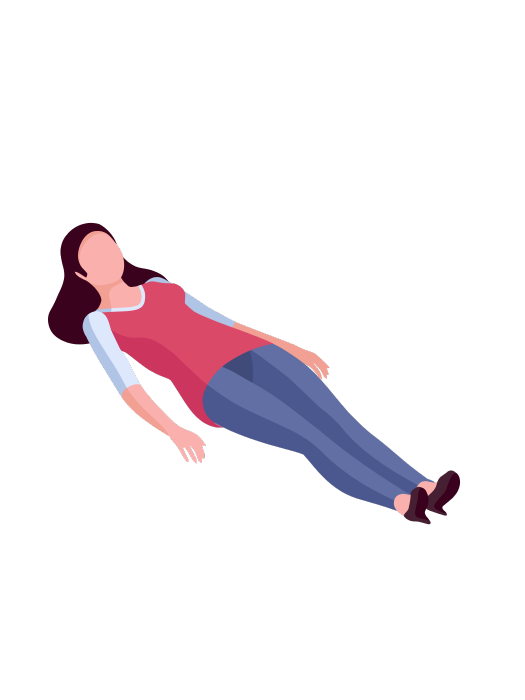
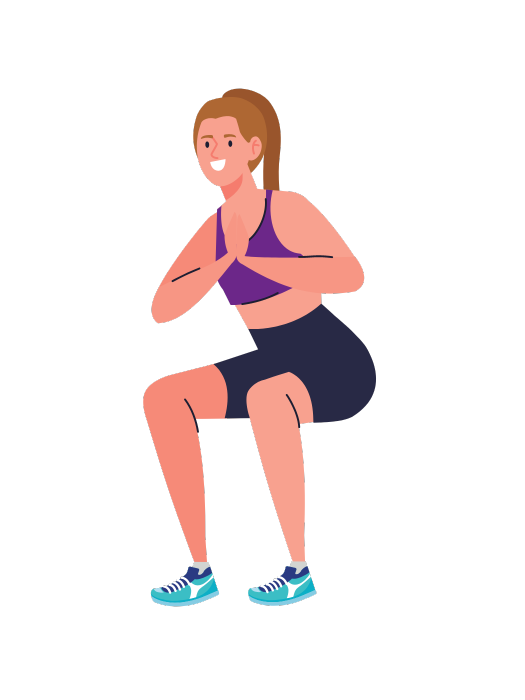
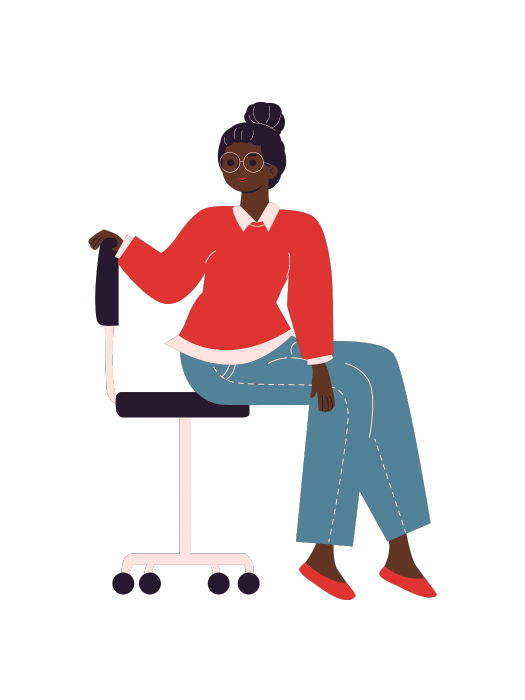
 GrandmaSTRONG — proudly powered by Spice Fitness — vision-led by Sheree King
GrandmaSTRONG — proudly powered by Spice Fitness — vision-led by Sheree King